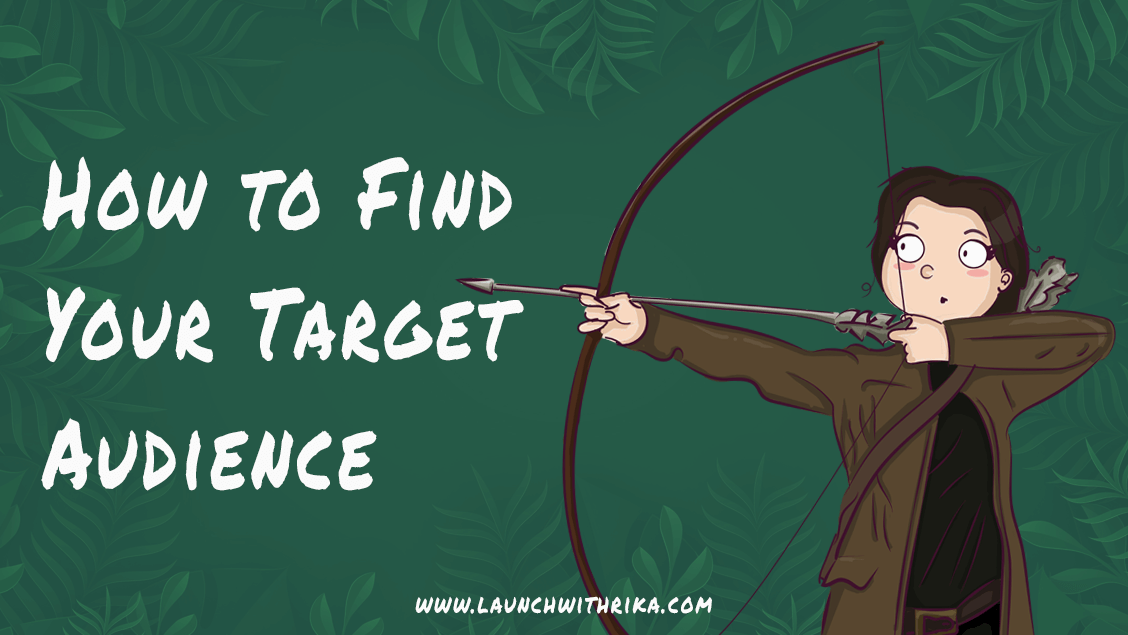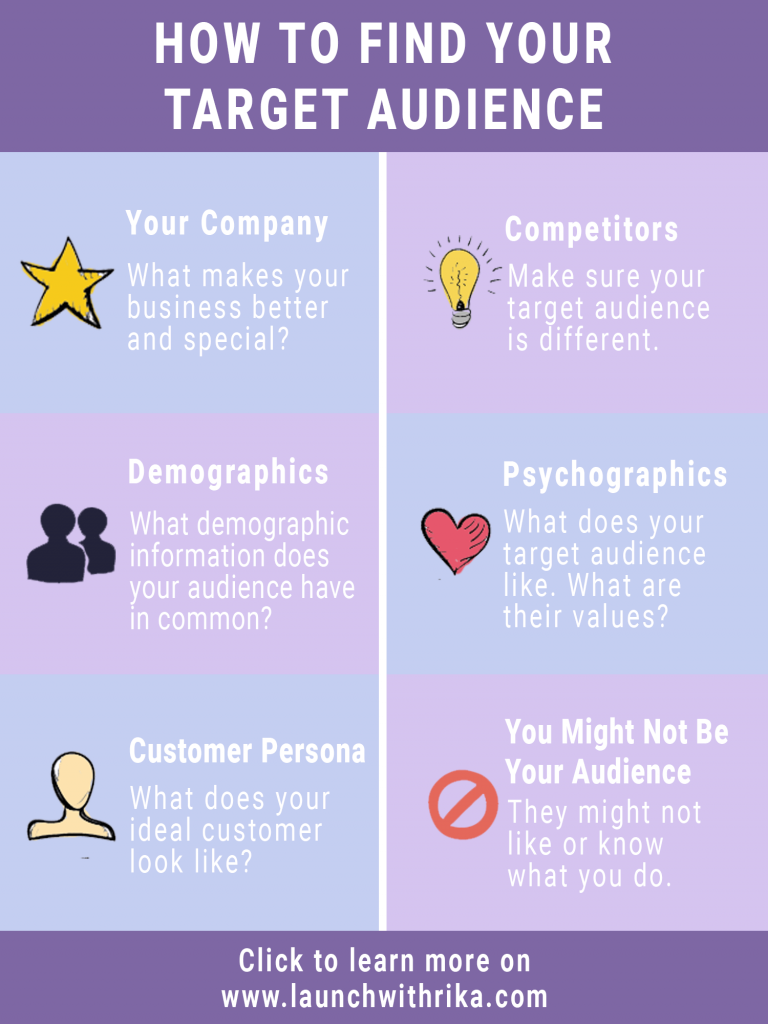One question you need to answer when you start your business is, who do you actually want to market your products to? Many new store owners make the mistake and assume that their product is right for everyone. That’s rarely ever true. Nowadays, we get blasted with so many ads that we only listen to those brands that we really connect with. This is why it’s important to define your target audience. Your target audience is the foundation of all your marketing and branding efforts.
Defining your target audience doesn’t mean that you don’t want other customers to buy your product. It means that you focus your branding and ads on those that are most likely to make a purchase. In this article, I’ll explain what a target audience is and how you can find your target audience.
Target Audience Definition
So what exactly is a target audience? The target audience is the type of customers you’re trying to reach with your products and marketing. It’s the group of people that are most likely to purchase from you. Your target audience has certain characteristics in common. For example, it could be people from a specific area that have certain interests or hobbies.
You might also have heard the term target market. What’s the difference between the target audience and the target market? Theoretically, everything your business sells and does is aimed at the target market. Your marketing, however, concentrates on your target audience. Oftentimes the target audience and the target market include the same types of people. That’s why in this article, I’ll use these terms interchangeably.
How to Define Your Target Audience
Okay, you know now what a target audience is, and why it matters. The next step is to actually define your target audience. Below I listed my favorite ideas that you should consider when you’re trying to find your own target market.
Know Why Your Company Exists 🤷♀️
The first thing you should look at is your company and why you started it in the first place. What do you do better than other companies and what makes your business different? What problem you’re trying to solve. Write down all your product’s features and who can benefit from them the most. Understanding who might be interested in your products helps to establish a clear picture of your target audience.
Additionally, leveraging tools like peppery, an AI food photography generator for restaurants, can help you create compelling visuals that resonate with your audience and enhance your marketing efforts.
Look at Your Competitors 👀
Find businesses that are similar to your business. Check out their social media accounts and figure out what kind of customer they’re focusing on. If it’s a bigger brand, try googling “brand name target audience”. Understand who your competitors are targeting. This one is important: Make sure that your target audience isn’t exactly the same. Find your own niche. Decide how you’re different and why costumers would choose to buy from you.
Demographics 🏡
Let’s give your audience some characteristics. Consider the following:
- Gender
- Age
- Location
- Education
- Income
- Martial status
- Ethnicity
- Occupation
- Number of children
Psychographics 💜
Time to dig deeper. Think about what other factors define your target market. What do they like, what are their values? Here are some factors to look at:
- Interests
- Hobbies
- Other brands they buy
- Personality
- Values
- Pain Points
- Lifestyle
- Challenges
Create Your Perfect Customer Persona 💁🏽♀️
Your target audience has now quite a few characteristics. You can use the above factors to build your customer persona. Your customer persona is basically a made-up person that represents your target market perfectly. It doesn’t even need to be just one person. You could set up more. Really describe this person and keep him or her in mind whenever you create any new content. Also, think about how to reach this person. Does your customer persona use Facebook, or can you better reach them by sending a flyer by mail?
Don’t Assume You’re Your Target Audience 🙅🏻♀️
While you probably like your own product, don’t assume that you’re your target audience. Don’t expect that they know the things you know. They might also not have the same values as you and might not like the things you like.
Over time you might even realize that other customers than you initially expected really like your business. That’s totally fine. Just pay attention to who purchases your products.
What’s Next?
Once you defined your target market, take a step back and evaluate if these customers would really benefit from your product. We might have a certain type of customer in mind we’d love to sell to. Sometimes, however, it turns out that our product isn’t a good fit for this type of target audience.
Also, while being as specific as possible is great, don’t go too narrow. You want to make sure that your target market is still big enough. If your target audience consists of only men in their thirties that live in Paris, Texas and drive a yellow VW beetle, you’ll run out of people to sell to very quickly.
After you’ve been in business for a while you should reevaluate your target audience. You can then analyze who actually purchased your product and engaged with your content. Don’t be afraid to re-define your target audience and to adjust your branding








